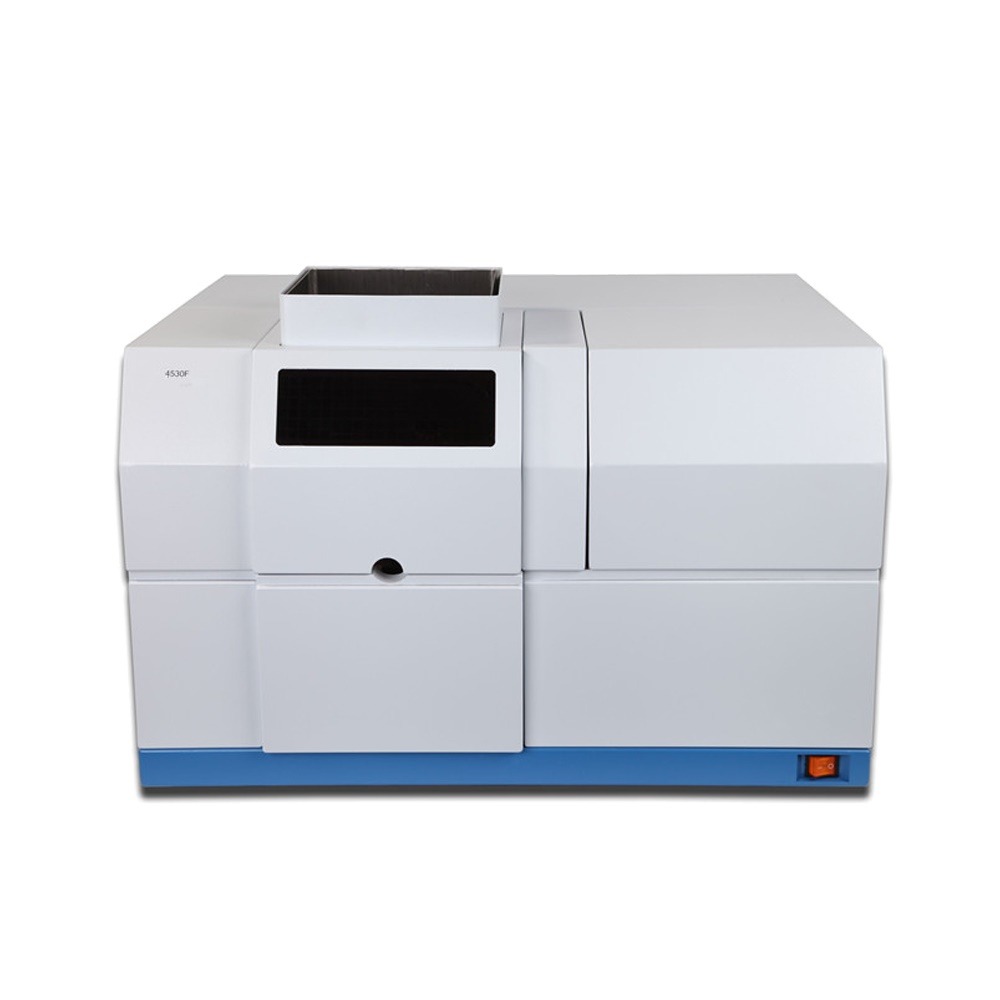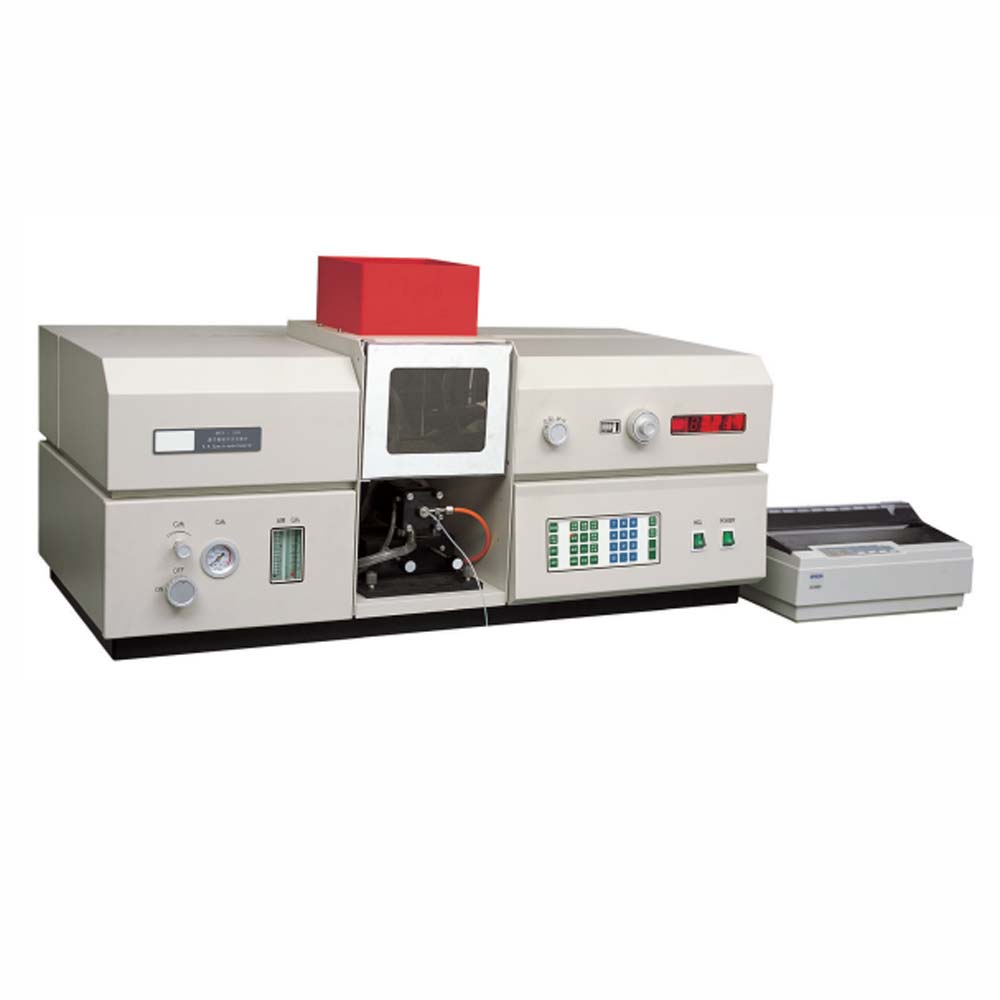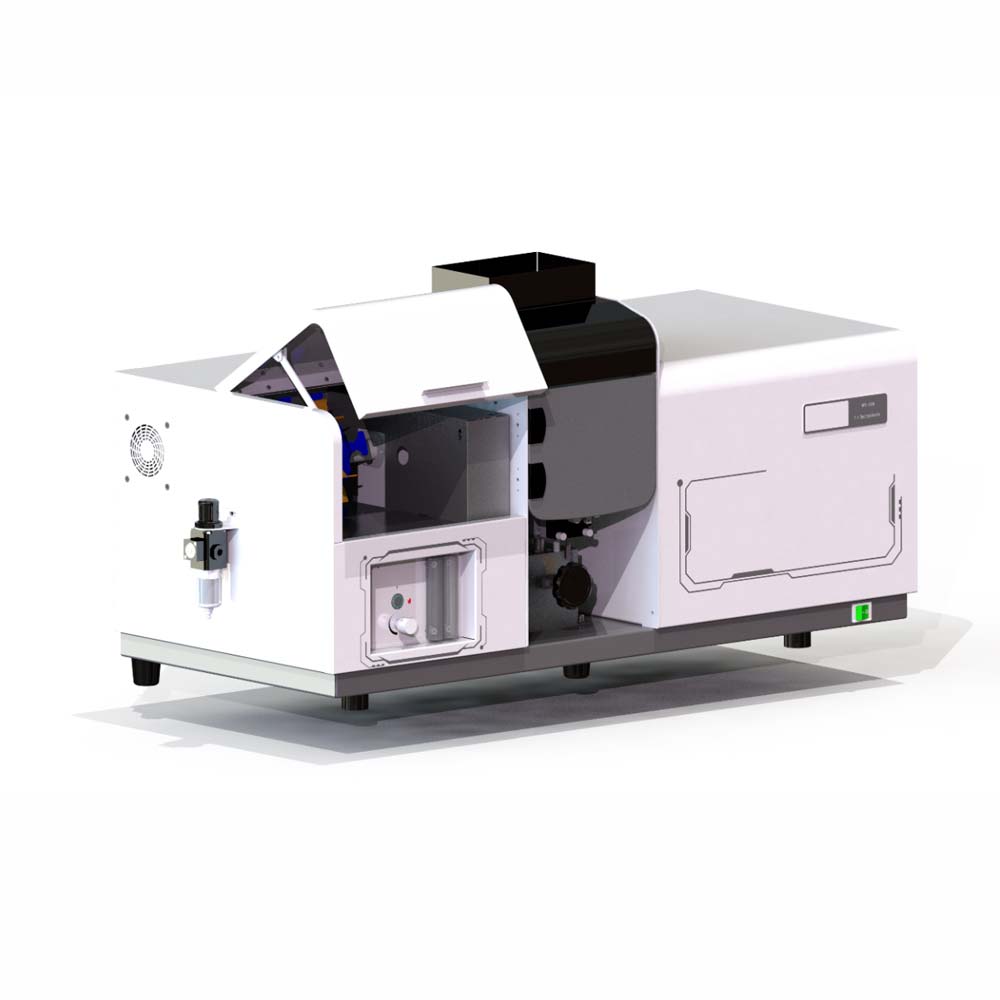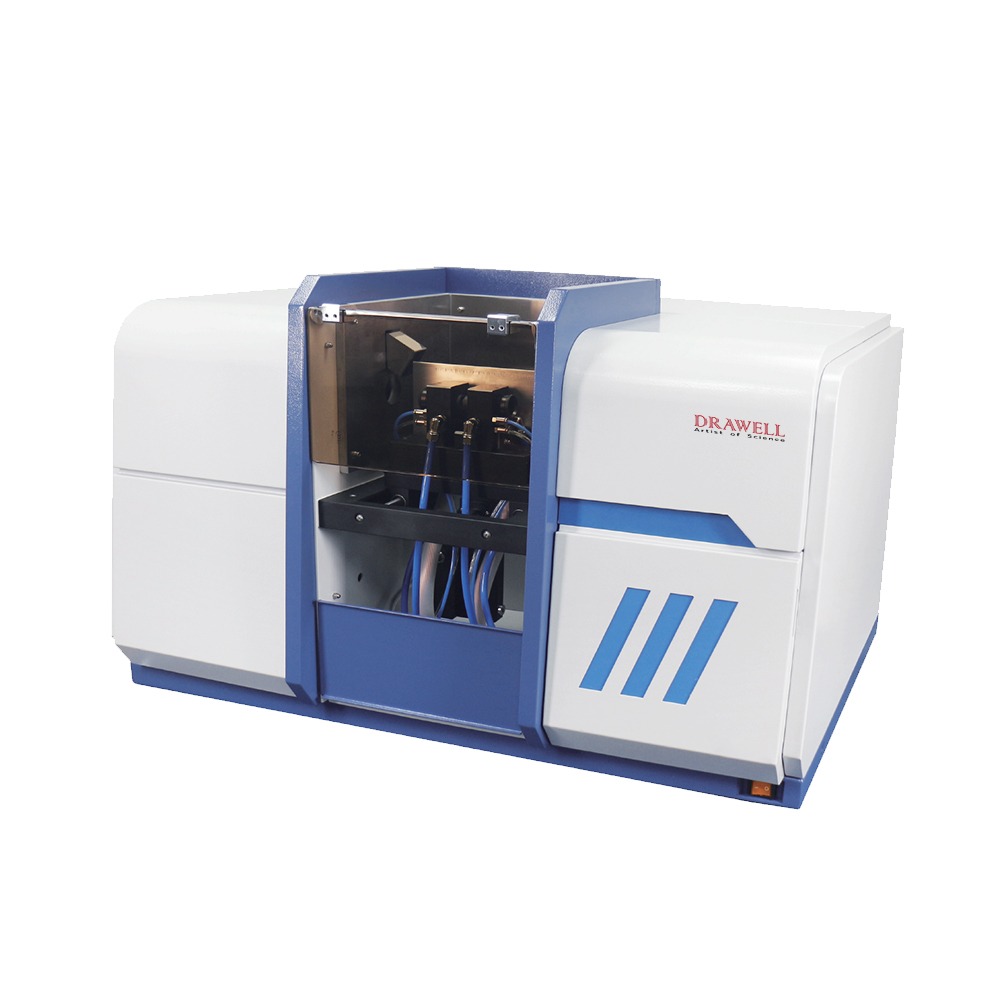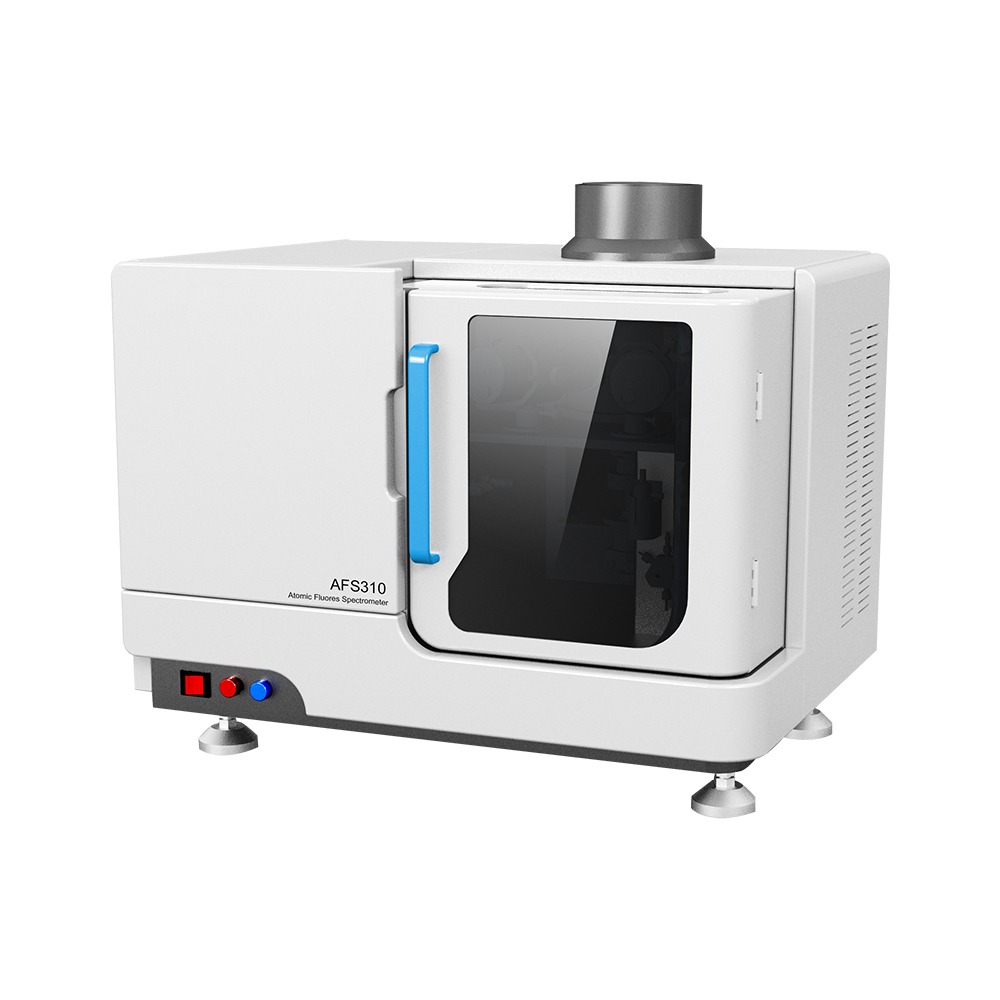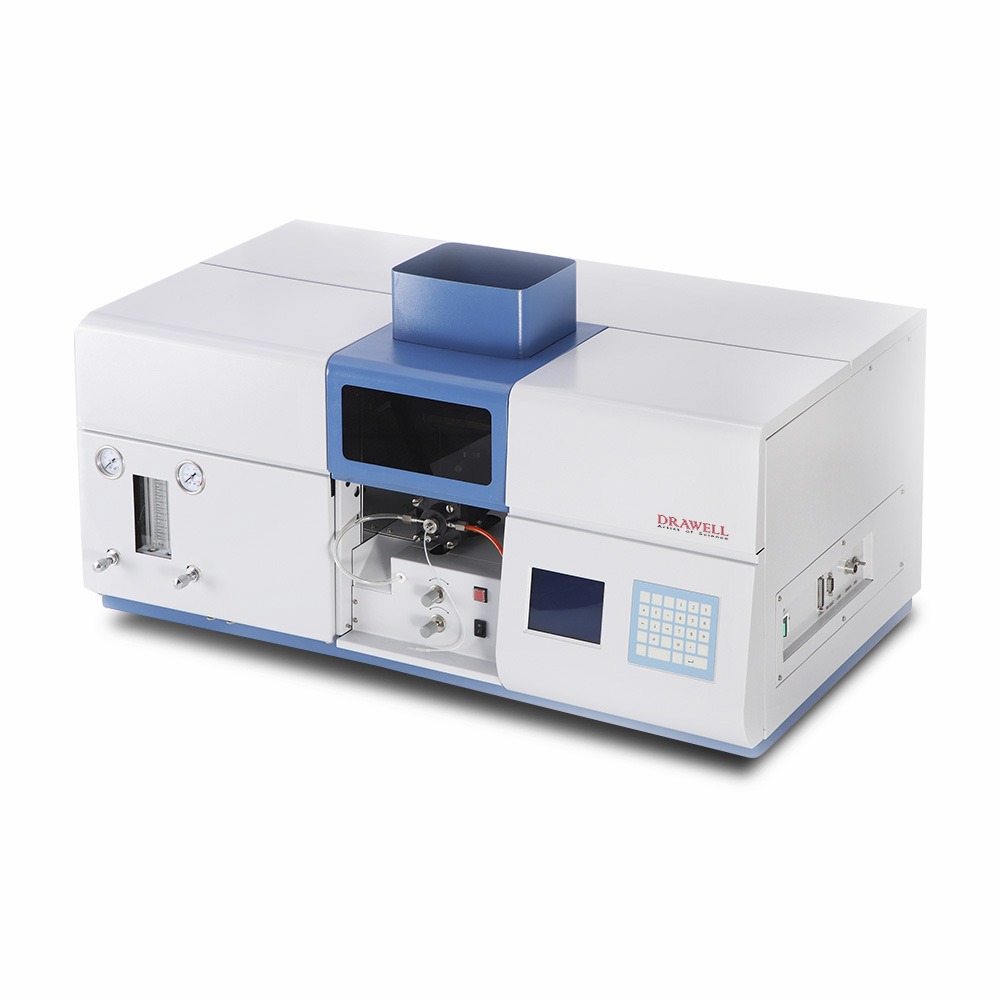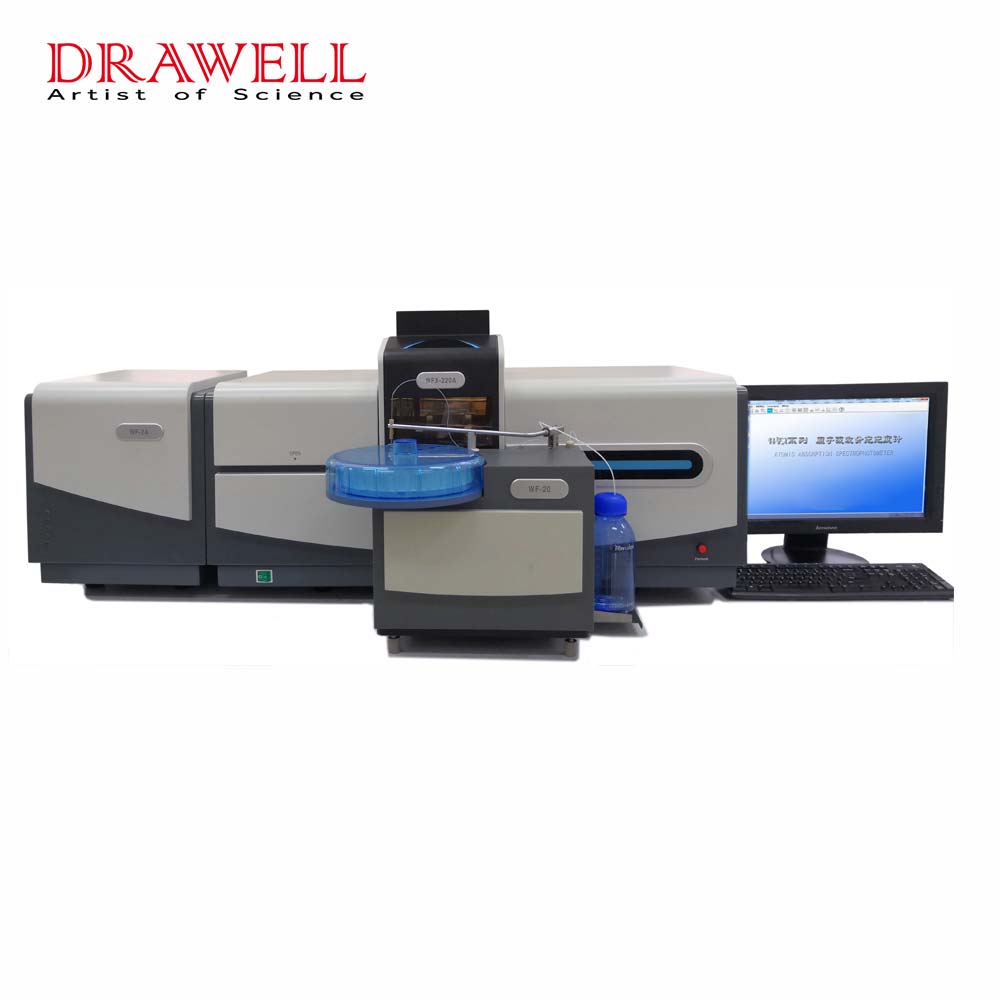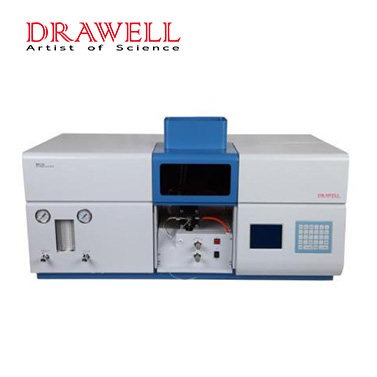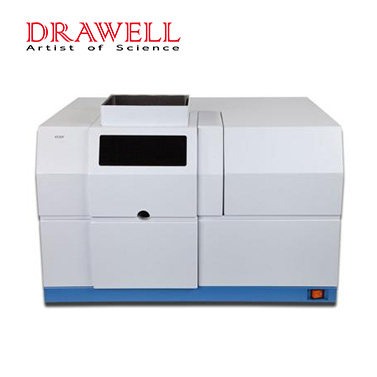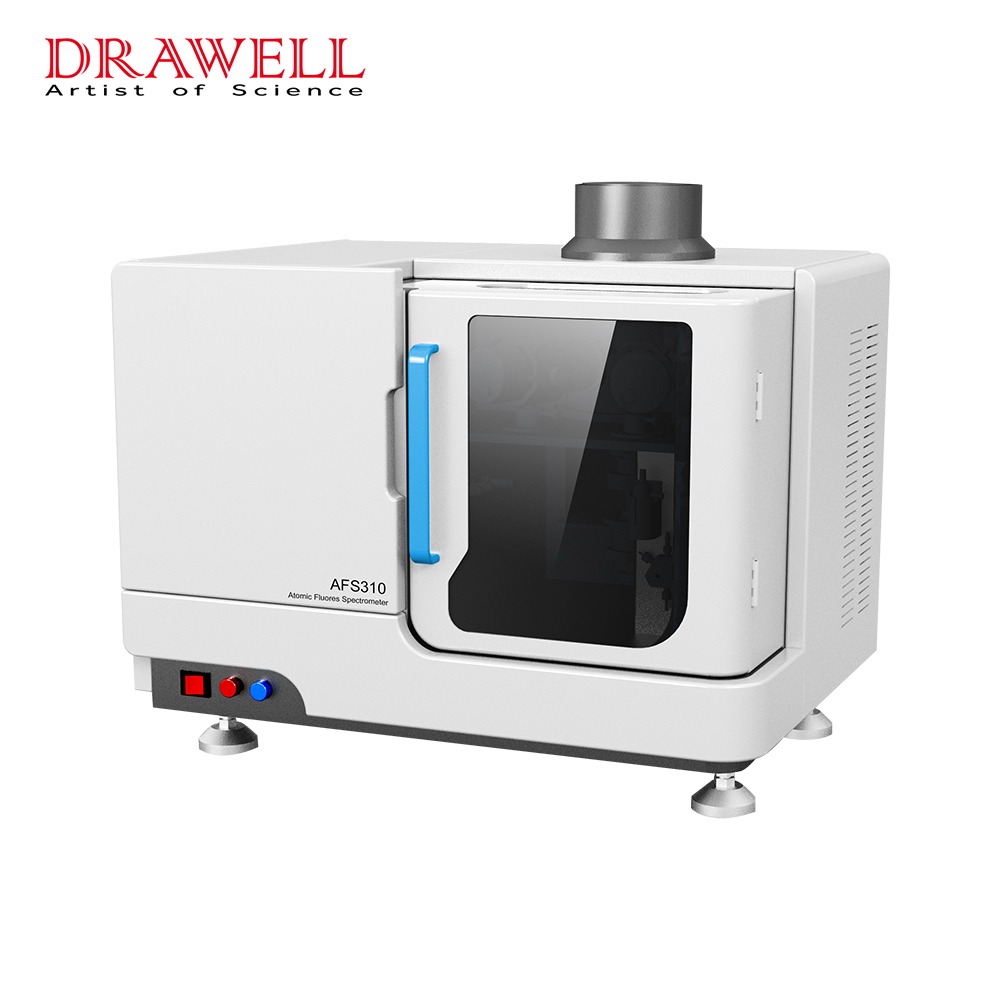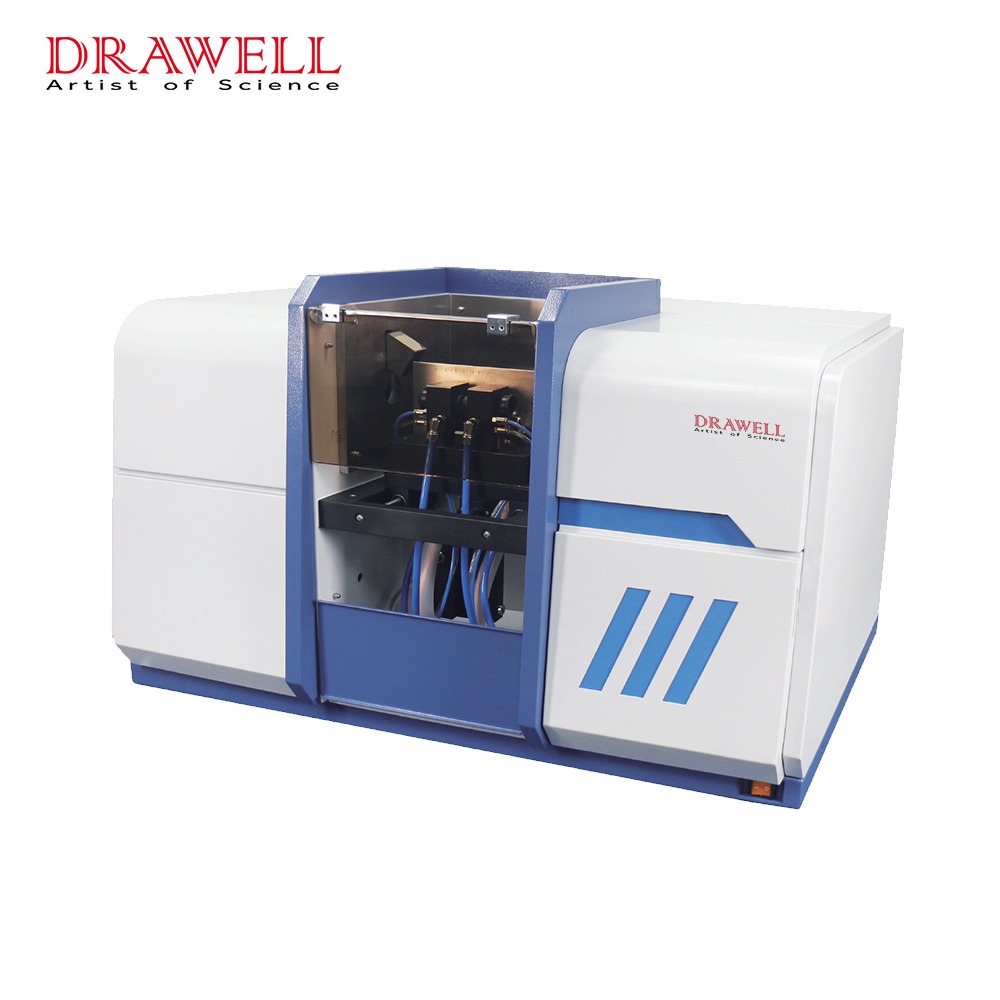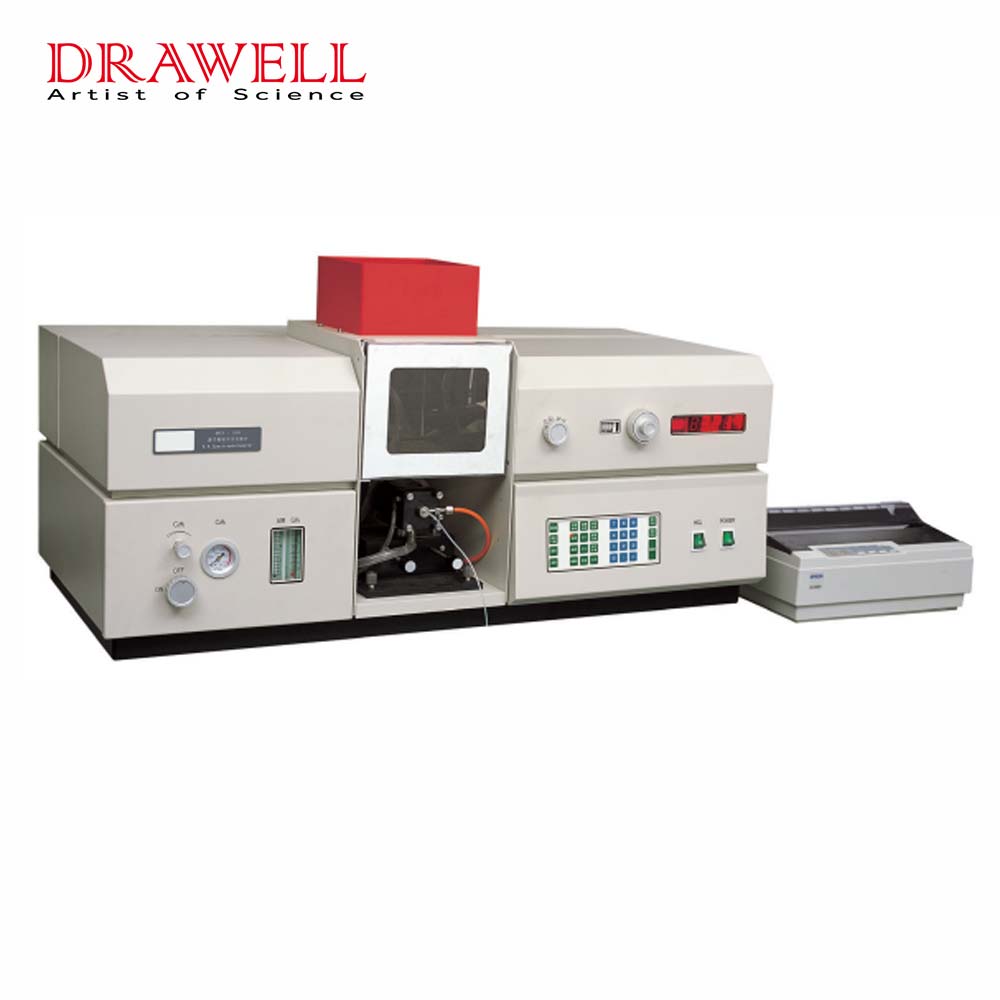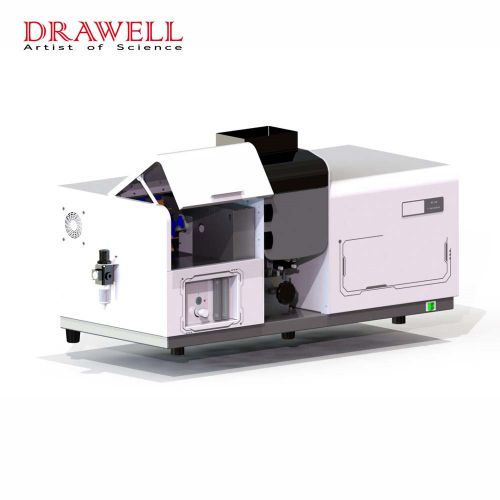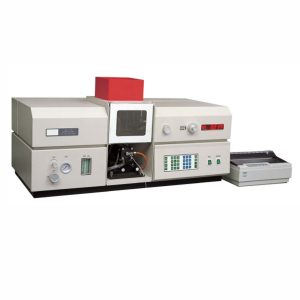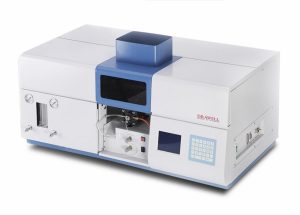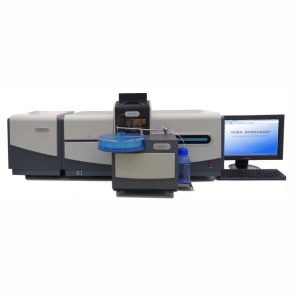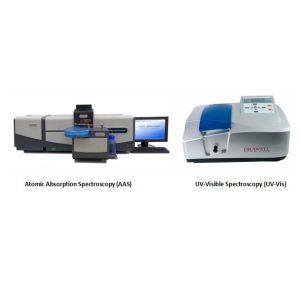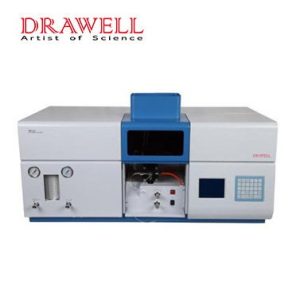An atomic absorption spectrometer (AAS) is an analytical technique that measures the concentration of an element in a sample by its absorption of light at a specific wavelength. AAS is a very sensitive technique and can be used to measure the concentration of elements at very low levels.
The basic principle of AAS is that atoms in the ground state can absorb light of a specific wavelength, which causes them to be excited to a higher energy state. The amount of light absorbed is proportional to the concentration of the element in the sample.
Components of An Atomic Absorption Spectrometer
An atomic absorption spectrometer consists of four main components:
- Light source: The light source provides the light that is used to excite the atoms in the sample. The most common light source for AAS is a hollow cathode lamp (HCL). An HCL is a low-pressure gas discharge lamp that contains a small amount of the element to be measured. When the HCL is energized, it emits light at the characteristic wavelength of the element.
- Atomizer: The atomizer is the component that vaporizes the sample and converts it into a gas of free atoms. The most common atomizers for AAS are flame atomizers and graphite furnace atomizers. Flame atomizers use a flame to vaporize the sample, while graphite furnace atomizers use a high-temperature graphite furnace to vaporize the sample.
- Monochromator: The monochromator is the component that selects the specific wavelength of light that is used to excite the atoms in the sample. The monochromator is a device that disperses light into its component wavelengths. The wavelength of light that is used to excite the atoms is selected by rotating a diffraction grating or prism.
- Detector: The detector measures the amount of light that is absorbed by the atoms in the sample. The most common detector for AAS is a photomultiplier tube (PMT). A PMT is a device that converts light into an electrical signal. The electrical signal from the PMT is amplified and then displayed on a computer screen.
Working Principle of An Atomic Absorption Spectrometer
The working principle of an atomic absorption spectrometer is as follows:
- The sample is introduced into the atomizer.
- The atomizer vaporizes the sample and converts it into a gas of free atoms.
- The light source emits light at the characteristic wavelength of the element to be measured.
- The monochromator selects the specific wavelength of light that is used to excite the atoms in the sample.
- The light passes through the gaseous sample.
- The atoms in the sample absorb light at the characteristic wavelength.
- The amount of light that is absorbed is measured by the detector.
- The concentration of the element in the sample is calculated from the amount of light that is absorbed.
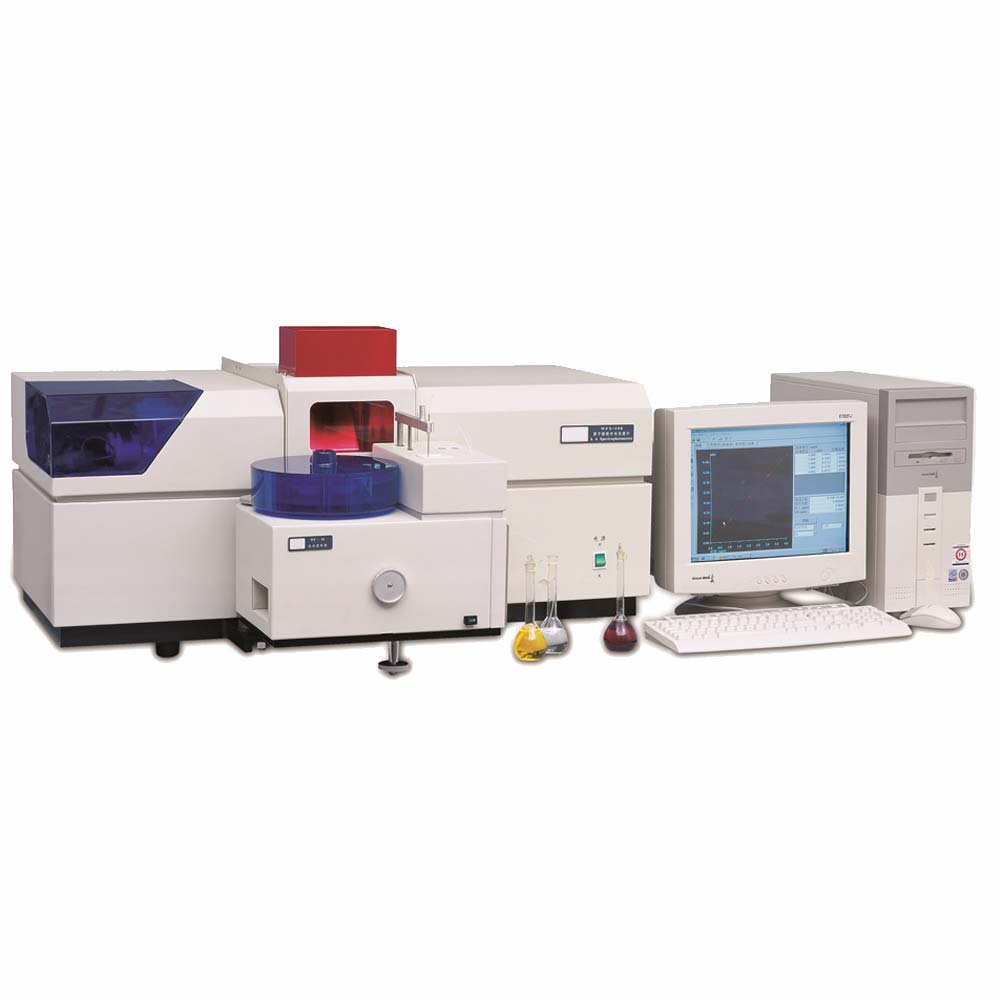
Applications of Atomic Absorption Spectrometer
AAS is a widely used analytical technique and has applications in a variety of fields, including:
- Environmental monitoring: AAS can be used to measure the concentration of heavy metals in water, air, and soil. For example, AAS can be used to measure the concentration of lead in drinking water or the concentration of mercury in fish.
- Food safety: AAS can be used to measure the concentration of heavy metals, pesticides, and other contaminants in food. For example, AAS can be used to measure the concentration of lead in paint chips or the concentration of arsenic in rice.
- Materials analysis: AAS can be used to measure the concentration of elements in materials, such as metals, alloys, and plastics. For example, AAS can be used to measure the concentration of copper in brass or the concentration of zinc in steel.
- Bioanalysis: AAS can be used to measure the concentration of elements in biological samples, such as blood, urine, and tissues. For example, AAS can be used to measure the concentration of iron in blood or the concentration of zinc in hair.
Advantages of Atomic Absorption Spectrometer
AAS has a number of advantages over other analytical techniques, including:
- Selectivity: AAS is a very selective technique, meaning that it can be used to measure the concentration of a specific element in the presence of other elements. This is because the atoms of the element to be measured absorb light at a specific wavelength, and other elements do not absorb light at that wavelength.
- Ease of use: AAS is a relatively easy technique to use, and does not require a lot of sample preparation. This makes it a good choice for laboratories that do not have a lot of experience with analytical techniques.
- Cost-effectiveness: AAS is a relatively cost-effective technique, and is more affordable than other analytical techniques such as mass spectrometry.
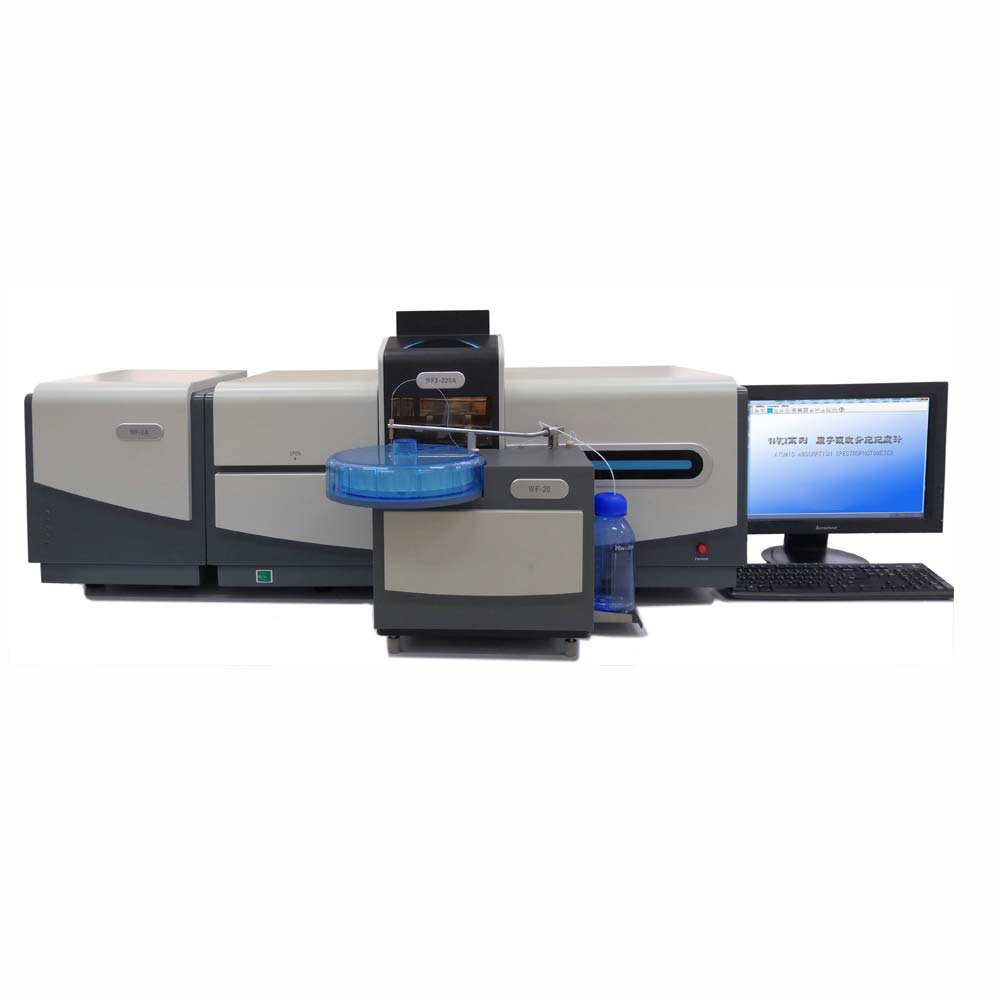
Summary
Overall, AAS is a powerful analytical technique that has a wide range of applications. It is a good choice for laboratories that need to measure the concentration of elements at low levels, and that do not have a lot of experience with analytical techniques.
Related Products Recommendation
Get Quote Here!
Latest Posts
What Next?
For more information, or to arrange an equipment demonstration, please visit our dedicated Product Homepage or contact one of our Product Managers.

